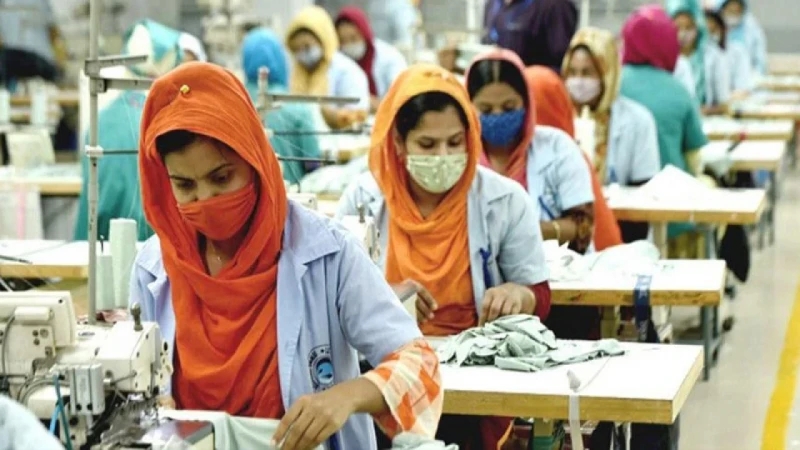Bangladesh’s ready-made garment sector has once again proven its global competitiveness. According to the latest data published by the Export Promotion Bureau (EPB) for the current fiscal year 2024-25 (July-April), the country’s ready-made garment exports grew by 10 percent, reaching a revenue of $32.64 billion.
The European Union and America are the largest markets for Bangladesh’s ready-made garments. During this period, almost half of the total exports, 49.78 percent ($16.25 billion), went to Europe. Export revenue in America stood at $6.23 billion, which is 19.9 percent of total exports. The analysis shows that Europe grew by 10.55 percent, the United States by 15.75 percent, Canada by 13.86 percent, and the United Kingdom by 3.41 percent.
Germany emerged as the largest importer in Europe, with exports worth $4.8 billion. In addition, Spain exported $2.85 billion and France $1.78 billion in clothing. The Netherlands saw a 22.90 percent export growth and Sweden 19.67 percent.
In addition, exports to non-traditional markets also increased by 6.25 percent. The financial value of which is $5.48 billion, which is 16.79 percent of total exports. Notable among these markets are 18.85 percent growth in India, 10.41 percent growth in Japan, and Australia emerging as an important market. Analysis of the manufacturing sector shows that knitwear has increased by 10.74 percent and ovens by 9.17 percent.
However, despite this success, some concerns remain in the minds of exporters. In particular, there is uncertainty about the possible tariff policy of the Trump administration in the United States. Although additional tariffs are currently suspended for three months, buyers are buying clothes at 10-15 percent lower prices. As a result, traders are having to export at lower profits.
In this context, Mohiuddin Rubel, former director of the BGMEA, an organization of ready-made garment industry owners, said that Bangladesh has done well despite the global crisis. However, to survive in the long term, more attention needs to be paid to unconventional markets and export diversification needs to be increased.







Leave a Reply